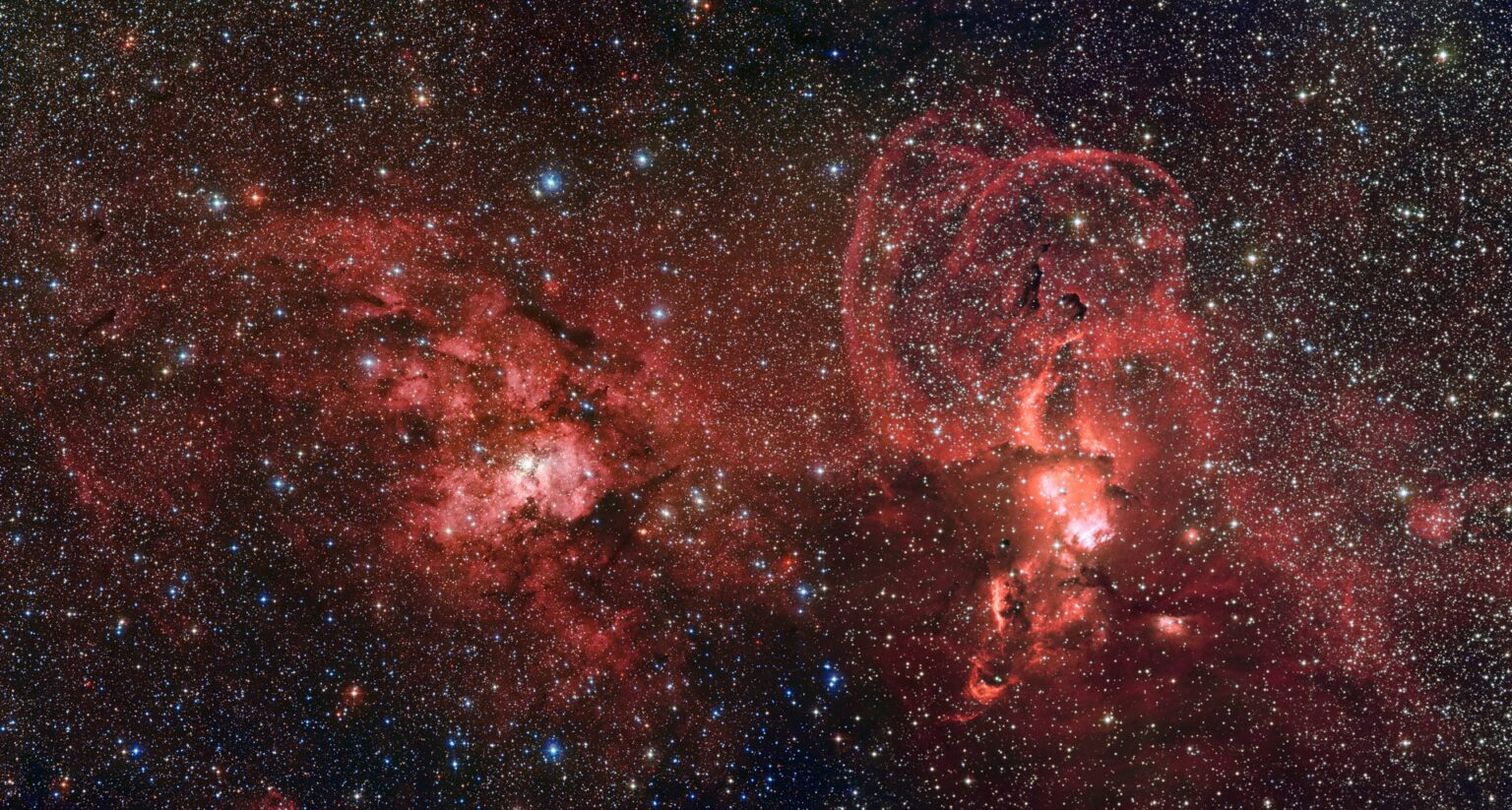Scientists have found three new star formation regions inside cold gas-dust clouds. There are hundreds of young luminaries there.

New regions of star formation
Using data from various space telescopes and ground-based observations, Armenian researchers studied three new regions of star formation and discovered hundreds of young luminaries in them, as well as received important information about how they were grouped.
Star formation regions are dense areas inside molecular clouds in interstellar space, dominated by young stellar objects (YSOs), in which thermonuclear reactions are just beginning. Therefore, the study of these regions is crucial for astronomers, helping to better understand the evolution of the luminaries in the Galaxy.
Recently, a team of scientists led by Naira Azatyan from the Byurakan Astrophysical Observatory in Armenia decided to explore three regions of star formation, namely IRAS 05137+3919, IRAS 05168+3634 and IRAS 19110+1045. They analyzed data covering a wide range of wavelengths from near to far infrared. “The selected regions (IRAS 05137+3919, 05168+3634, and 19110+1045), among other things, hold particular interest due to their considerable distances, providing an opportunity to evaluate the capabilities of the databases we have access to,” the authors of the study explained.
All three studied star formation regions are located at a distance of 36 thousand light-years from the Solar System, have significant dimensions (their average radii range from 5.5 to 6.2 light-years) and demonstrate multicomponent structures. Astronomers have focused on the study of young star clusters and the interstellar environment in these regions.
Density of objects in gas and dust clouds
Azatyan’s team managed to detect 33 YSOs in IRAS 05137+3919, 240 in IRAS 05168+3634 and 37 in IRAS 19110+1045. The researchers noted that in the first of the regions, the selected young stellar objects were unevenly distributed and formed two separate subgroups.
The observations also revealed five dense subgroups in the IRAS 05168+3634 field. It turned out that four of these subgroups and the star formation region itself were embedded in a cloud complex about 85 light-years long, located at a distance of about 6,200 light-years from us.
According to the study, in both regions of IRAS 05137+3919 and IRAS 05168+3634, stars have a wide range of sizes. This indicates that stellar populations in these regions formed independently within the parent molecular clouds. In contrast, IRAS 19110+1045 contains a pair of ultra-compact regions of ionized interstellar atomic hydrogen (HII regions), designated G45.12+0.13 and G45.07+0.13, with a noticeably smaller age variation.
The astronomers added that they found massive stars only in IRAS 19110+1045, where star formation could have already ended, and the temperature and density of the hydrogen column of the interstellar medium are the highest among the three regions studied.
According to phys.org
Follow us on Twitter to get the most interesting space news in time
https://twitter.com/ust_magazine


